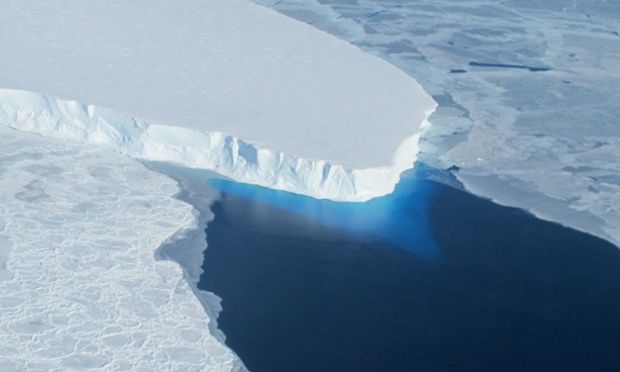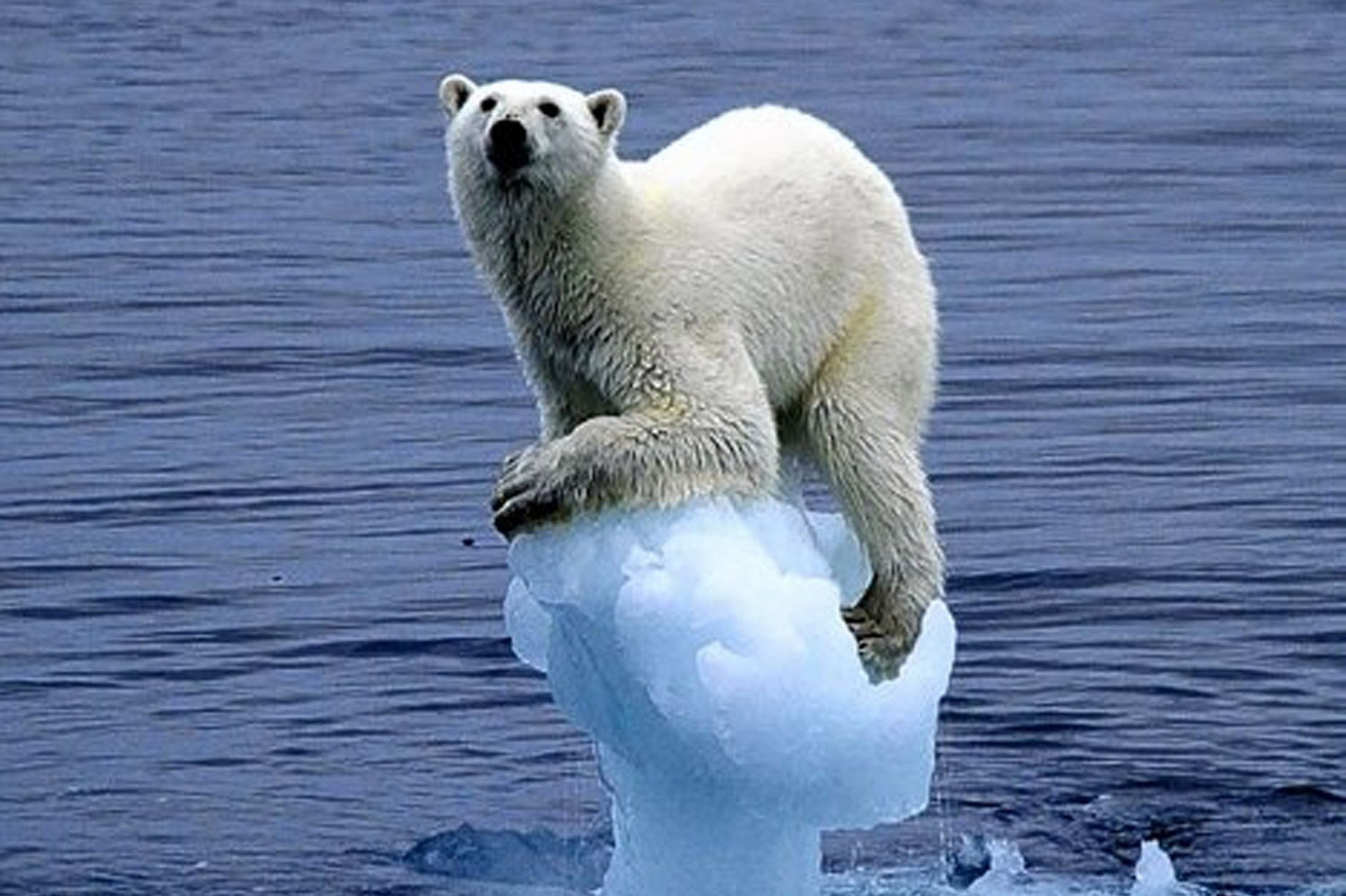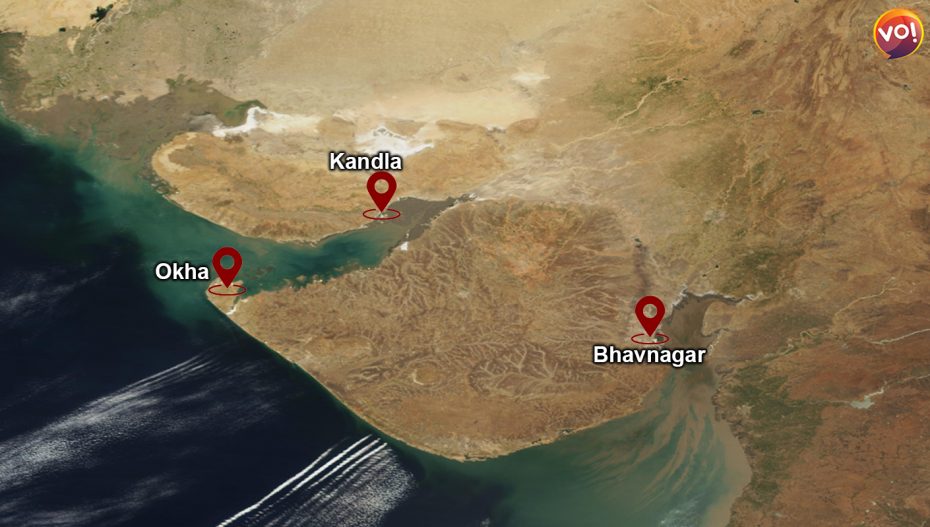Due to the ever-increasing heat, 12 coastal cities of India are likely to be submerged in three feet of water as the ice accumulated at the poles melt by the year 2100. The list includes three cities in Gujarat with the longest coastline in the country, including Bhavnagar, Kandla and Okha. This data is provided by NASA’s C Level Projection Tool.
The coastal areas of cities like Chennai, Kochi, Bhavnagar, Kandla, Mormugao, Okha, Tuticorin, Paradip, Mumbai, Okha, Mangalore and Kidderpora are at risk according to the projections of NASA’s new tool due to the effects of human-influenced global warming.
People living along the coast will soon have to move to safer places as rising 3 feet of water in any coastal area would destroy many areas.
The American Space Agency NASA developed a sea-level projection tool based on the Sixth Assessment Report (AR6) by Intergovernmental Panel on Climate Change (IPCC). Global warming is expected to increase dramatically by an average of 4.4C if carbon emissions and pollution continue at the current rate. In the next two decades alone, the temperatures will rise by 1.5C. Global warming will result in glaciers melting and the water can wreak havoc on plains and coastal areas.
NASA’s projection tool shows a map of the entire world clearly showcasing the areas, rise of sea level and year when it will occur. The latest report by IPCC is the most thorough to date.
Read: Earth will reach 3C by the end of the century: UN climate Report
This is the first time that NASA has created a tool to measure water levels around the world in the coming decades. This tool can be used to measure sea levels in every country in the world where there are coastlines.
The cities most at risk to be submerged are Bhavnagar where the water level will rise to 2.69 feet by 2021 from 3.54 inches up till last year. Kochi- The sea level here has risen to 2.32 feet, up from 2.36 feet till last year. Mormugao – The sea level here will rise to 2.06 feet, up from 1.96 inches last year.

It is also estimated that there is a risk of rising sea levels in these 12 places in the next 10 years. 3.54 feet in Kandla, Okha and Mogmuga; 6.29 feet in Bhavnagar; 3.14 feet in Mumbai; 4.33 feet in Kochi; 2.75 feet in Tuticorin, Chennai, Paradir and Mangalore and 2.36 feet in Visakhapatnam. There is no risk in Kidderpore for the next 10 years but the rising sea levels in the future are bound to hurt these coastal areas.
Over the next 20 years, 195 countries led by the United Nations, are working in different ways to limit the rise in temperature to 1.5C by 2100.
According to the report, whatever changes are currently taking place in the environment are irreversible. Scientists have advised the governments of countries to work together to implement the resolution of the Paris Agreement. “If temperatures and carbon emissions continue to rise without any restraint, we will see many side effects in the future,” the scientists said.
Scientists say that the way in which mankind has increased the temperature of the atmosphere is causing rapid changes on Earth. The changes that have taken place in the last 2000 years are extraordinary. Emissions of greenhouse gases have increased rapidly since 1850. In the year 2019, the level of carbon dioxide (CO2) in the atmosphere has been recorded as the highest ever. Not so much in the last 20 million years.

Scientists say a 50 percent reduction in carbon emissions by 2030 is urgently needed. Only in this direction will it be possible to limit the increase in Earth’s temperature to 1.5. If this is to be done then all governments have to come up with immediate plans. The IPCC will release one more report before the COP 26 being held in Glasgow.












